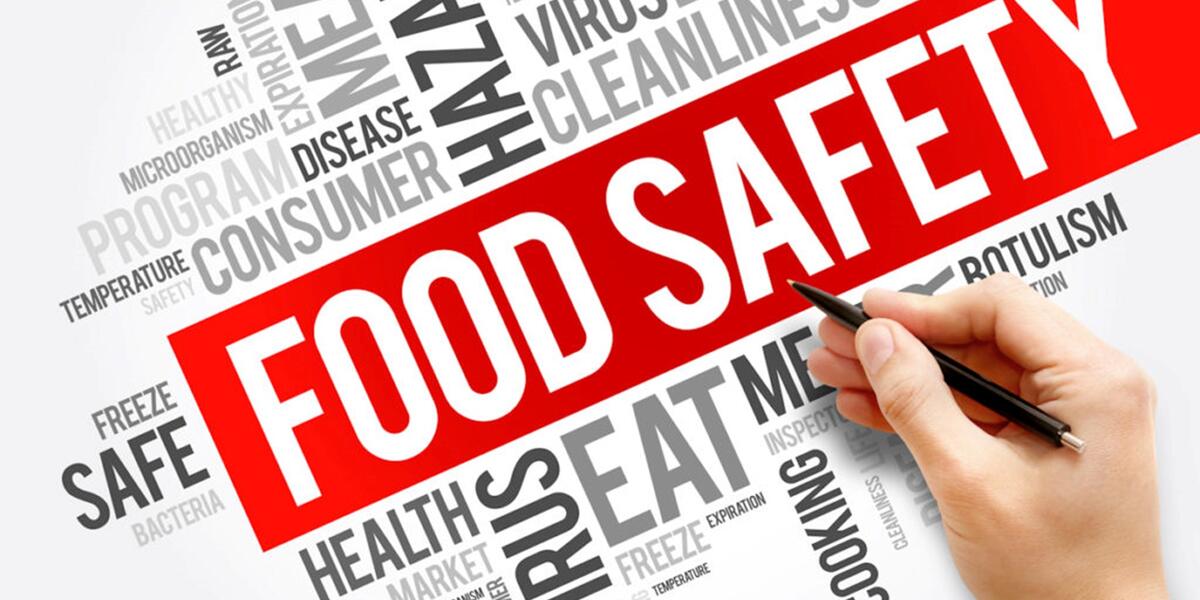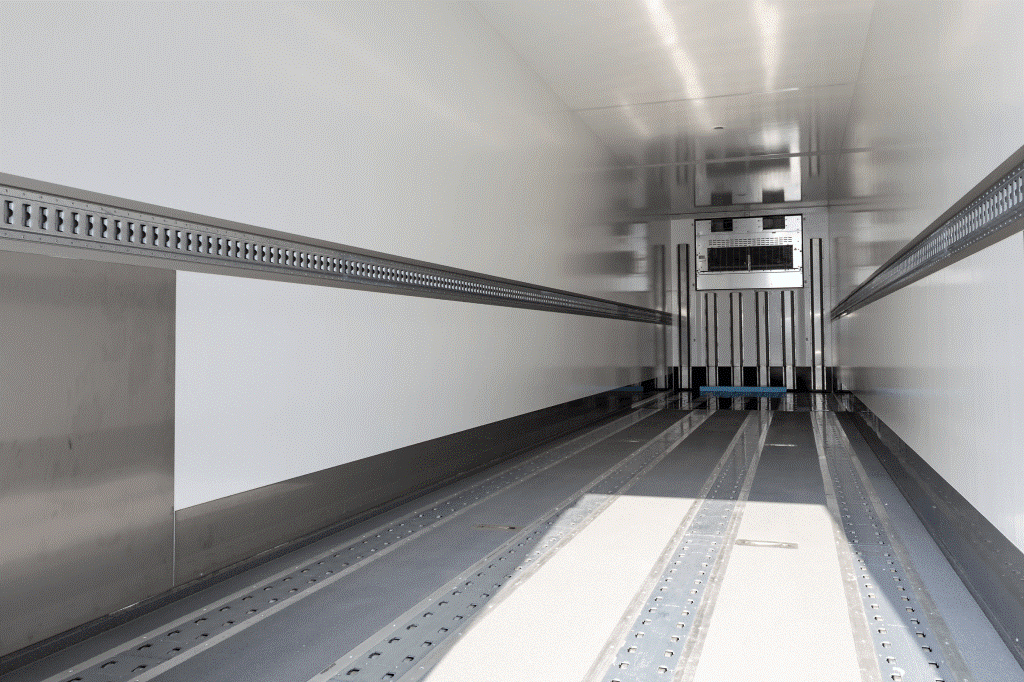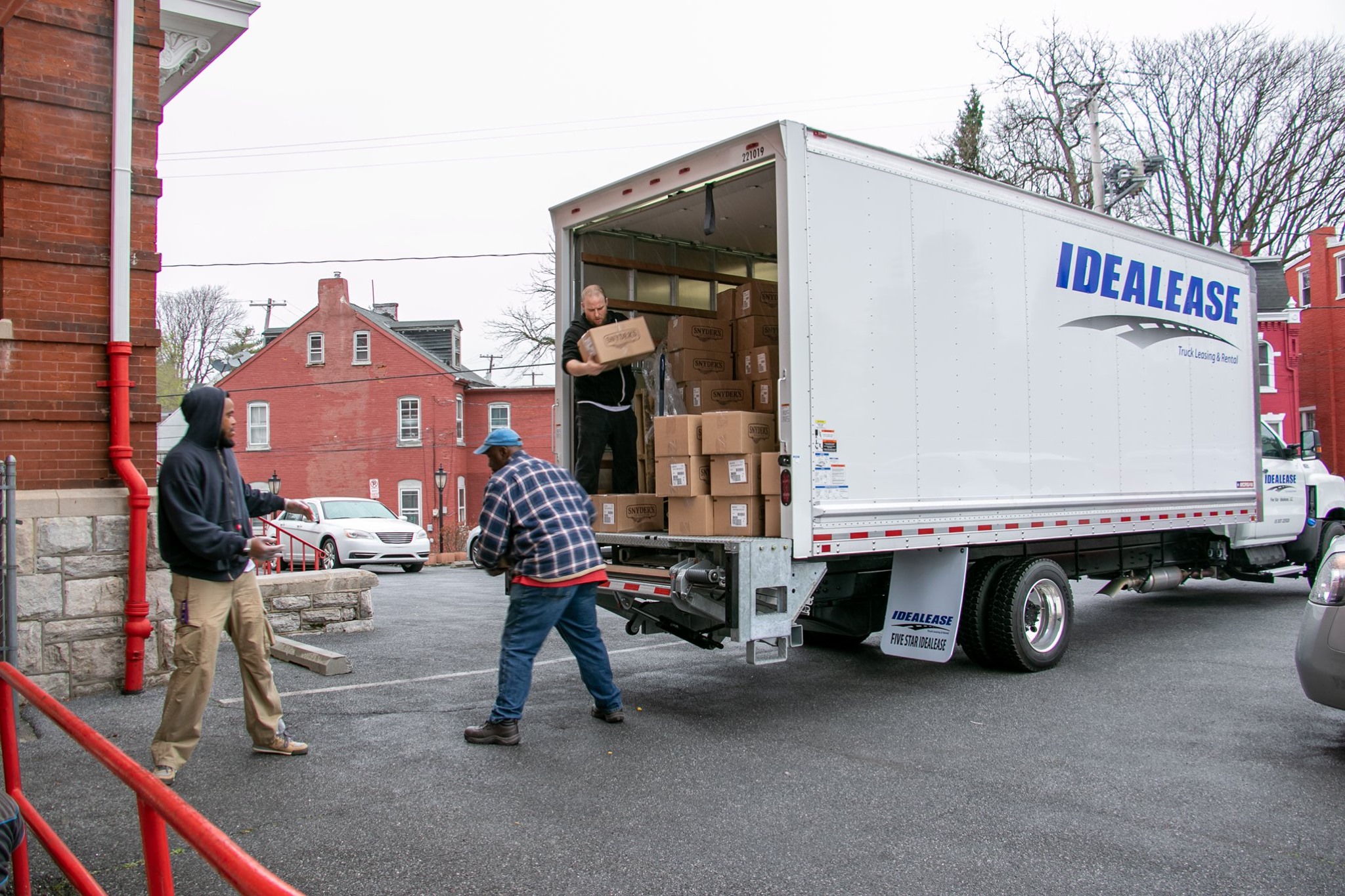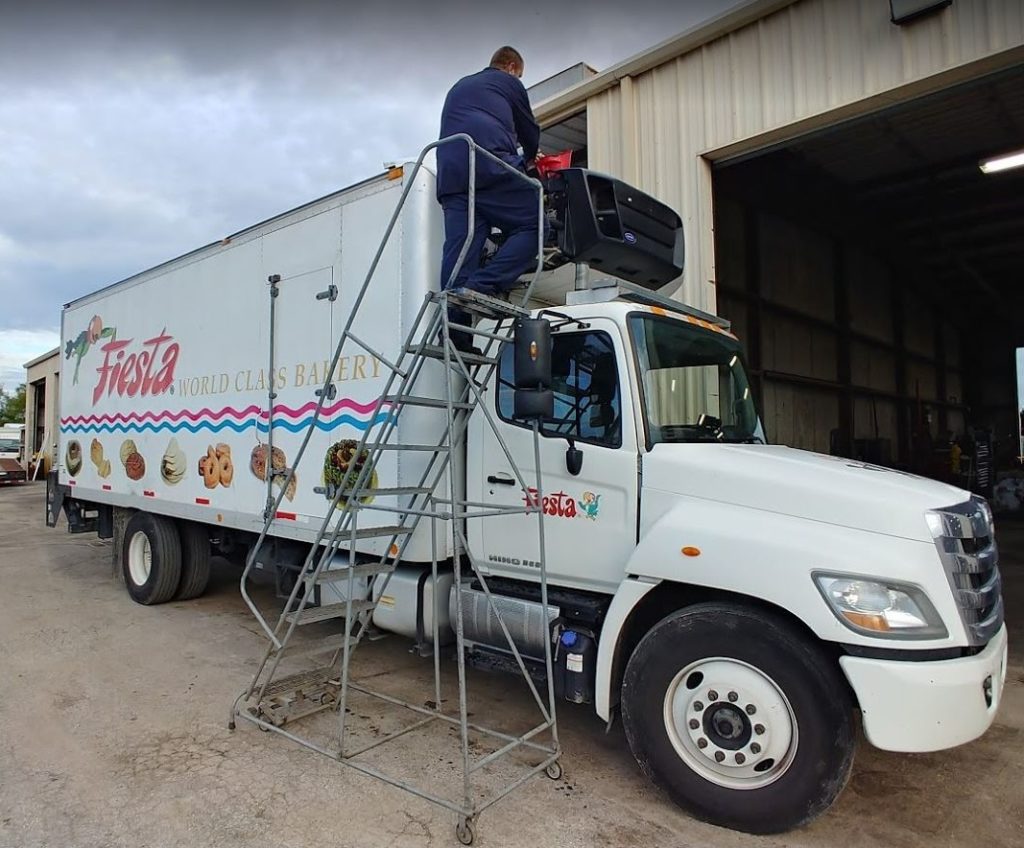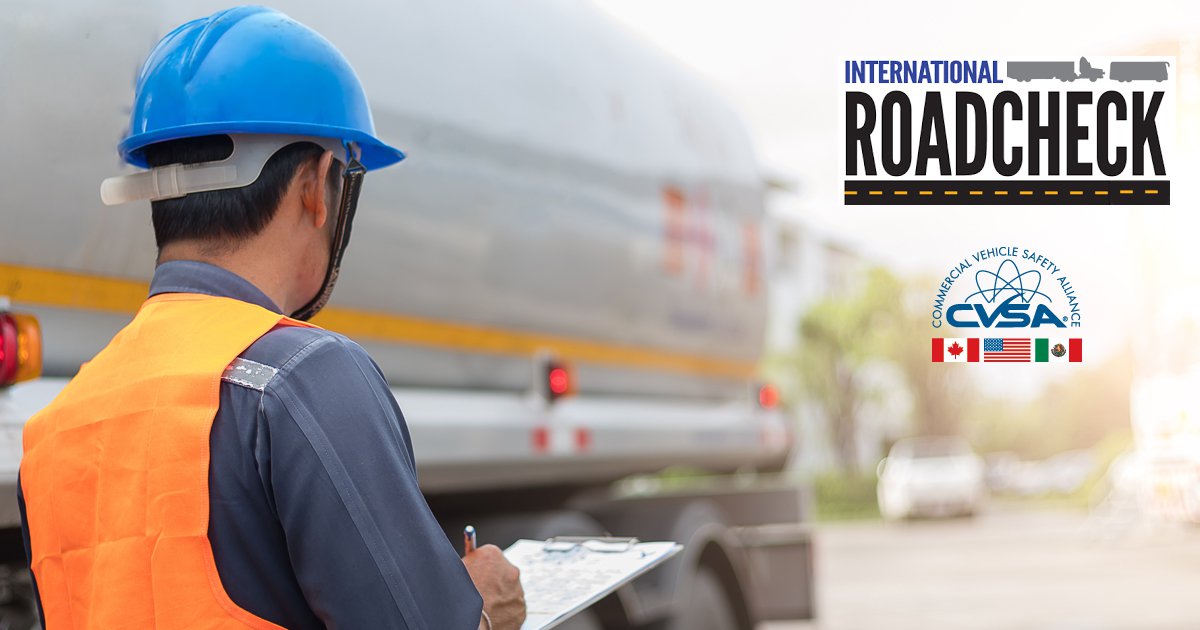The Food Safety Modernization Act (FSMA), signed into law in 2011, represents the most significant overhaul of U.S. food safety regulations in over 70 years. Designed to prioritize prevention over reaction, FSMA empowers the FDA to combat foodborne illnesses—responsible for 48 million illnesses, 128,000 hospitalizations, and 3,000 deaths annually in the U.S.—through science-based standards and enhanced oversight of both domestic and imported foods.
Core Components of FSMA
FSMA introduced seven major rules to mitigate contamination risks across the food supply chain:
-
Preventive Controls for Human and Animal Food: Requires facilities to implement hazard analysis and risk-based preventive controls, including sanitation, allergen management, and supply-chain programs.
-
Produce Safety Rule: Establishes standards for growing, harvesting, and storing fruits and vegetables, with compliance phased in by farm size (large farms by April 2025, small by 2026, and very small by 2027).
-
Foreign Supplier Verification Program (FSVP): Mandates that importers verify foreign suppliers meet U.S. safety standards through audits and testing.
-
Intentional Adulteration Rule: Targets acts of terrorism or sabotage by requiring facilities to develop food defense plans identifying vulnerabilities and mitigation strategies.
-
Sanitary Transportation Rule: Sets hygiene standards for vehicles and equipment used
during food transport.
-
Third-Party Certification: Accredits auditors to evaluate foreign food safety practices.
-
Food Traceability Final Rule: Effective January 2026, this rule mandates detailed record-keeping for high-risk foods to expedite outbreak responses.
How to Start a Food Safety Plan
-
Identify known hazards associated with the ingredients and processing steps used at your facility.
-
FDA Website – Biological, Chemical, and Physical Contaminants in Animal Food
-
SAFE Hazard Guidance
-
-
Conduct a hazard analysis. Evaluate each hazard based on the severity of illness or injury it could cause to animals or humans, and the likelihood of occurrence.
-
FDA Guidance for Industry #245
-
SAFE Sample Hazard Analysis Templates and Examples
-
-
Provide written justification for the hazard analysis, including scientific and technical evidence, literature reviews, and/or test results to support the risk rankings.
-
SAFE Hazard Analysis Resources
-
-
Include Standard Operating Procedures (SOPs) and other information relevant to Prerequisite Programs that support the risk rankings in your hazard analysis.
-
Note: “Prerequisite programs” are common practices and procedures that minimize the occurrence of certain hazards and are considered during the hazard analysis.
-
SAFE Prerequisite Program Templates and Examples
-
-
Preventive Controls: Hazards with high severity and/or high likelihood of occurrence must have Preventive Controls in place. These must be documented and include specific management components as required by §507.39.
-
SAFE Readiness and Self-Assessment Checklist
-
Preparations for Safe Food Transit
Companies responsible for loading refrigerated compartments with temperature-controlled cargo—whether for human or animal food—must ensure that vehicles are properly cleaned before each loading.
Workers involved in loading and unloading must be trained in best practices for cleaning the interior of refrigerated compartments. Those assigned to cleaning must follow company SOPs and document the work completed. Workers should also notify their supervisor if they have questions or encounter safety concerns they are unsure how to handle.
Recommended Materials for Cleaning Temperature-Controlled Compartments
-
Broom or air compressor and hose
-
Water source with hose or pressure washer
-
Food-safe detergent
-
Bucket for mixing detergent
-
Cleaning tools (brushes, cloths, etc.)
Preloading:
-
Ensure the compartment is clean and in good condition.
-
Verify the refrigeration unit is functioning properly.
-
Pre-cool the compartment to the desired temperature.
-
Check for evidence of insect or rodent infestation and off-odors that may indicate contamination. Ensure door seals are intact and close tightly, and that walls are free of cracks or holes.
-
Confirm that floor drains are open.
-
Ensure the compartment is appropriately sized for the load and that load locks or securing devices are available.
Loading:
-
Ensure all workers have received health and hygiene training and follow the company’s written sanitation policies.
-
Confirm that workers loading the compartment are trained to avoid damaging product packaging or the product itself.
-
Use an airflow loading pattern for hand-stacked loads, with lengthwise air channels to ensure proper airflow. Leave at least 4 inches between the end of the load and the rear doors for return air circulation.
-
Leave at least 9 inches of space between the top of the load and the ceiling.
-
Maintain at least 4 inches of clearance between the load and the refrigerated air outlet.
-
Leave at least 1 inch of space between the load and the compartment walls.
-
Ensure the load is properly secured.
Six Most Common CSA Violations
THE VEHICLE
-
Violation: Lighting
28% of all roadside vehicle violations last year—out of 2.4 million inspections—involved lights or reflective materials. Lighting violations carry a CSA severity of 6 points, while reflective tape/conspicuity violations carry 3 points.
Prevention: Perform thorough pre- and post-trip inspections, and report lighting defectson the daily vehicle inspection report.
-
Violation: Brakes
Brakes account for 25% of all vehicle violations, with over 1 million brake-related citations last year. Each carries 4 CSA points.
Prevention: Proper training is key. Drivers must understand what to look for and when to seek help. Brake adjustment issues can only be identified by measuring stroke length. Adjusting brakes with automatic adjusters won’t solve the problem and may worsen it. -
Violation: Tires
Tire violations account for 11% of all vehicle citations—half due to inadequate tread depth. These carry a CSA severity of 8 points. Steer tires must have at least 4/32" tread depth; all others must have 2/32".
Prevention: Use pre- and post-trip inspections to monitor tire wear and report nearing-regulation conditions. Train drivers to check inflation using a gauge and know when replacements are needed.
THE DRIVER
-
Violation: Logs
"Form & Manner" and "Log Not Current" violations make up 25% of all driver-related roadside violations. Form/manner violations carry 1 CSA point, while logs that are not current carry 5 points.
Prevention: Review Hours of Service rules during orientation and regularly in driver meetings. Monitor log documentation for violations. Use a progressive discipline policy, with termination as the final step. Consider implementing electronic logging devices (ELDs). -
Violation: Medical Issues
12% of driver violations involve medical issues, most often due to an invalid or missing medical certificate. These carry 1–2 CSA points, while driving while physically unfit can result in 10 points.
Prevention: Track the expiration dates of medical cards. Ensure drivers renew, file, carry, and submit valid certificates to the appropriate licensing agency. Provide clear guidance and enforce consequences for noncompliance.Note: Some of these violations may decrease with the implementation of the National Registry of Medical Examiners and changes to medical card requirements (as of February 2015).
-
Violation: English Proficiency
English ability violations have been increasing, now making up 9% of all driver-related violations and carrying 4 CSA points.
Prevention: Hiring practices should assess English communication skills. Provide training to help drivers practice common roadside interactions, such as discussing logs, trips, cargo, insurance, registration, and vehicle information.
International Roadcheck 2025 is May 13-15
The Commercial Vehicle Safety Alliance (CVSA) International Roadcheck is scheduled for May 13–15.
This annual initiative is a high-visibility, high-volume enforcement event focused on commercial motor vehicle inspections and regulatory compliance across Canada, Mexico, and the United States.
During the 72-hour period, CVSA-certified law enforcement officials will conduct inspections at weigh stations, temporary inspection sites, and through mobile patrols. These inspections are designed to verify compliance with federal, state, provincial, or territorial regulations. The data collected will be analyzed and shared later this summer.
Each year, International Roadcheck highlights a specific focus area. For 2025, the focus areas are:
-
Tractor protection systems
-
Alcohol and controlled substance possession
Controlled substance and alcohol possession/use continue to be serious concerns for carriers, drivers, and the general public. The growing number of drivers listed in the U.S. Drug and Alcohol Clearinghouse (DACH) is an alarming trend that threatens the safety of roadways throughout North America.
Throughout Roadcheck, inspectors will perform the North American Standard Level I Inspection—a comprehensive, 37-step procedure that includes a detailed examination of vehicle components as well as a review of driver credentials and documentation.

